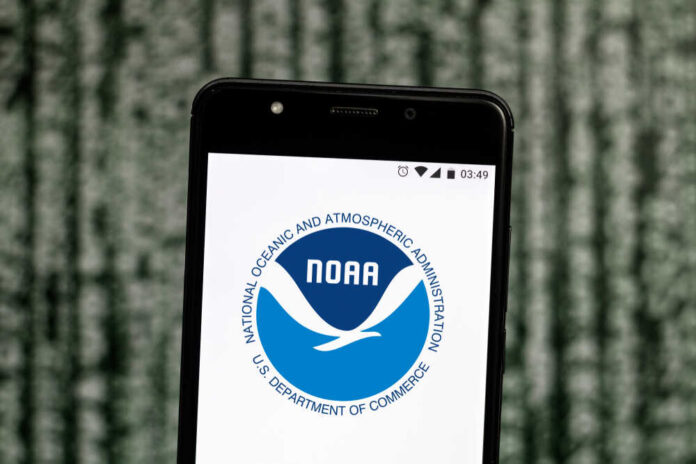Seventy million Americans may see severe weather, beginning in the Northeast on Sunday and continuing into the Midwest this week.
According to NOAA’s Storm Prediction Center’s upgraded risk forecast, the multi-region storm system is now considered to have a 3 out of 5 level danger of severe weather.
Intense thunderstorms are expected to form in the Northeast on Sunday afternoon along a line that will reach Pennsylvania’s Pocono Mountains, the Catskill area in Upstate New York, and the upper Ohio Valley.
The storm will steadily move south by the beginning of next week, increasing the likelihood of damaging hail, wind, and tornadoes.
On April 22nd, storms with the potential to develop into supercells may hit the Midwest, bringing with them enormous amounts of hail, severe winds, and tornadoes. This system could move over the Colorado Rockies and across the Great Plains, from North and South Dakota to Texas.
When the surrounding winds are favorable, the storm’s updraft and downdraft become structured, twist around, and feed each other. The outcome is a long-lasting supercell storm, which is the most powerful thunderstorm.
Though they may happen anywhere on Earth, supercells congregate in the Midwest and Central United States. Classic, low precipitation, heavy precipitation, and micro supercells are only a few varieties.
Storms will be strongest Tuesday afternoon from Iowa to Missouri. Illinois and Texas may get strong thunderstorms Tuesday night. Severe storms could persist throughout the Ohio Valley Wednesday morning.
According to weather.com, at the beginning of April, 74 tornadoes touched down between the Ohio Valley and Oklahoma. A week later, another round of severe weather produced 19 of them in the Deep South. The Ohio Valley, Texas, New Orleans, and northern Florida also experienced flash floods.
In the first eleven days of April, the Storm Prediction Center at NOAA received over nine hundred reports of severe weather, including tornadoes, destructive thunderstorm winds, and tremendous hail.


















